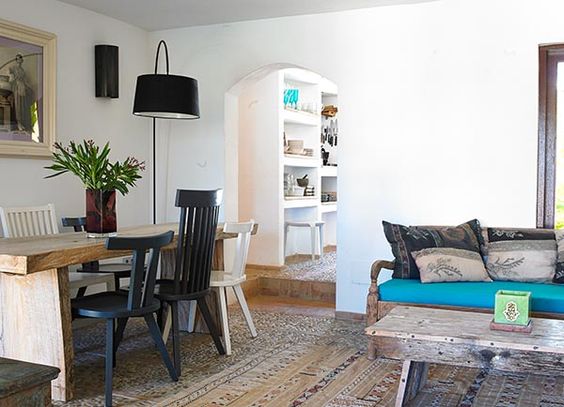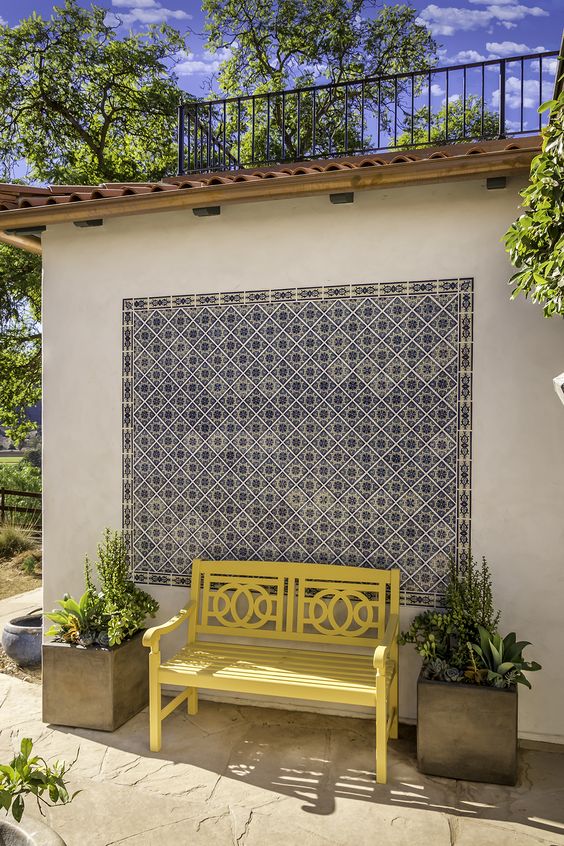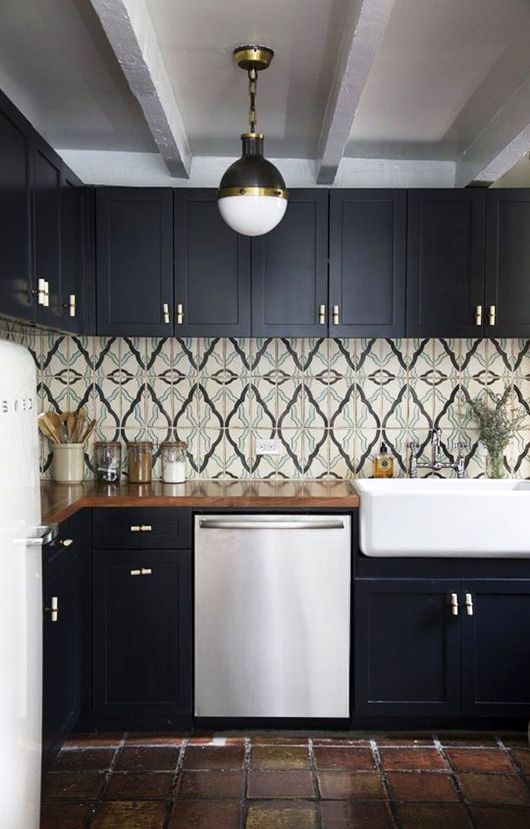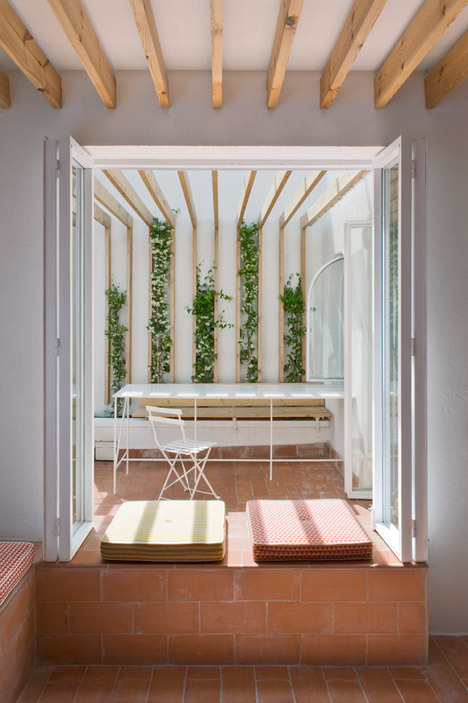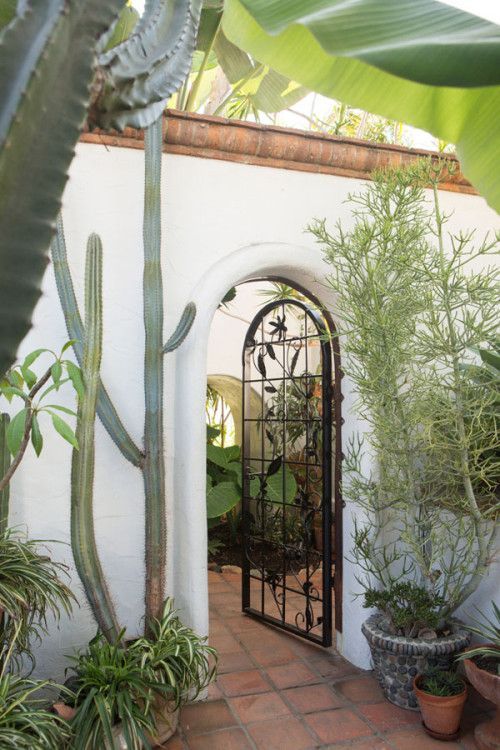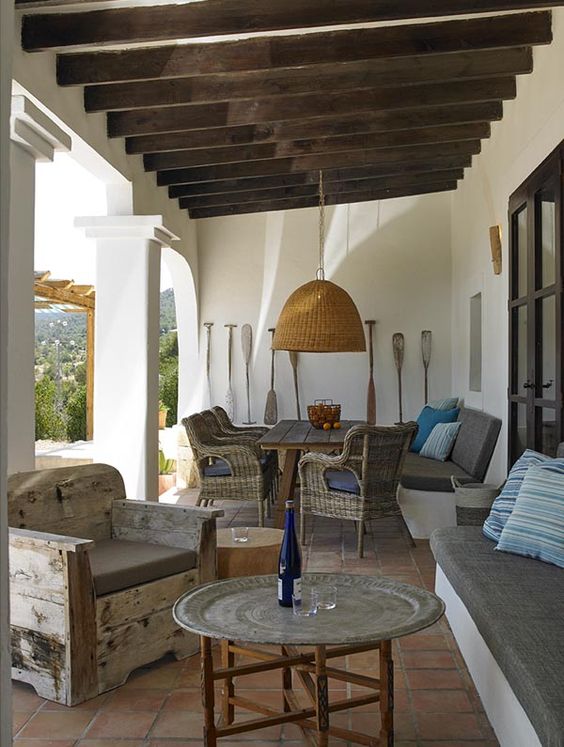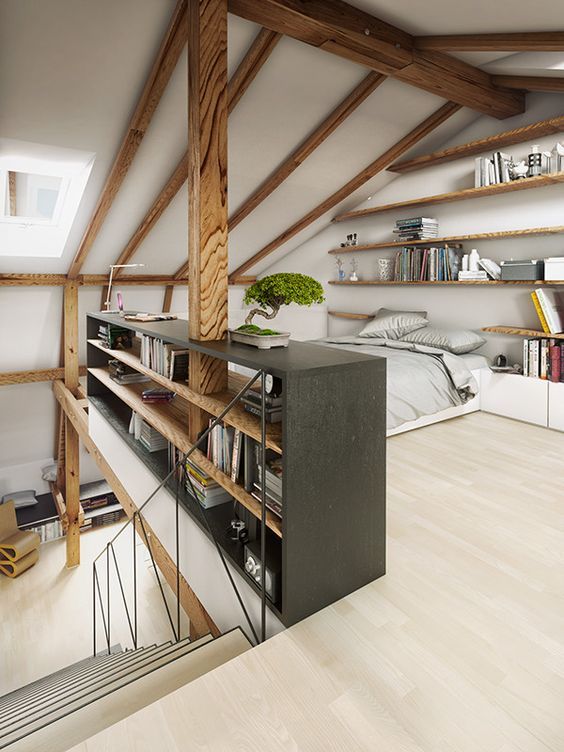The Pinnacle of the Spanish Casa; Traditional Terracotta Tiles
Close your eyes, and picture the perfect Spanish home.
I’d be willing to bet more than a few euros that it’s creamy white, with beautiful arched windows. Maybe it has a few terracotta pots outside, and it definitely has a roof made from undulating, traditional clay tiles.
Those tiles, known by many names including Spanish tiles, barrel tiles, thigh tiles or tejas curvas, are an iconic feature of homes in Spain and across the Mediterranean. Their golden glow perfectly sets off the pale walls, and harmoniously ties every building into its neighbours and their surrounding scenery.
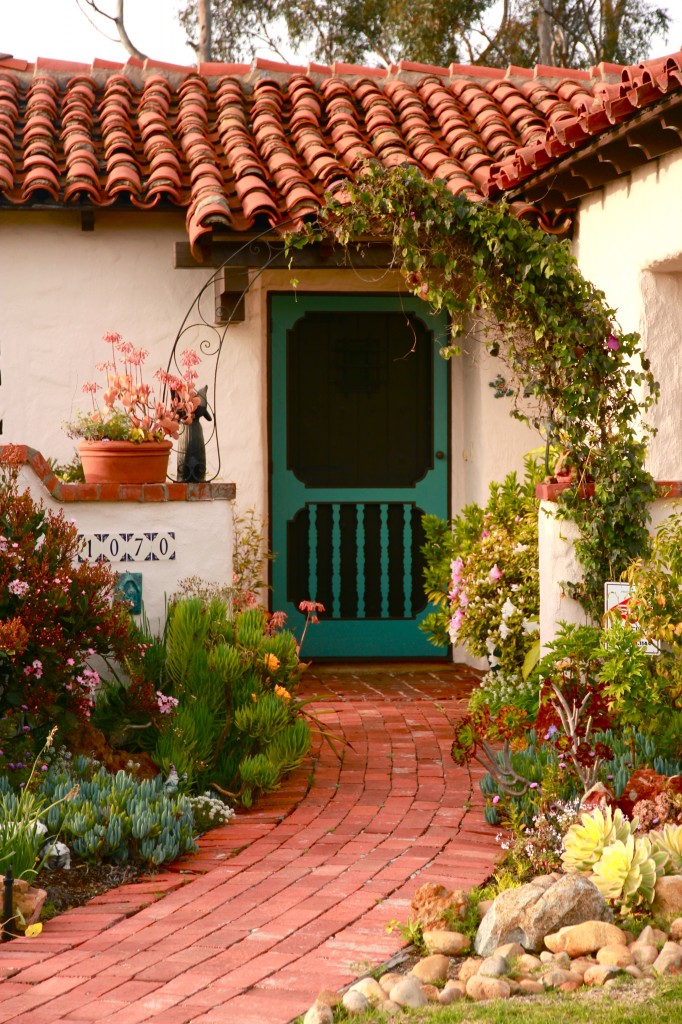
A History of the Spanish Tile
Traditionally these roof tiles would have been made from clay, shaped into a curve over a barrel or sometimes a crafter’s upper leg (hence their names). Once fired, they would be laid on a roof in alternating concave and convex positions, creating the beautiful, rippling texture of the Spanish roof we know and love.
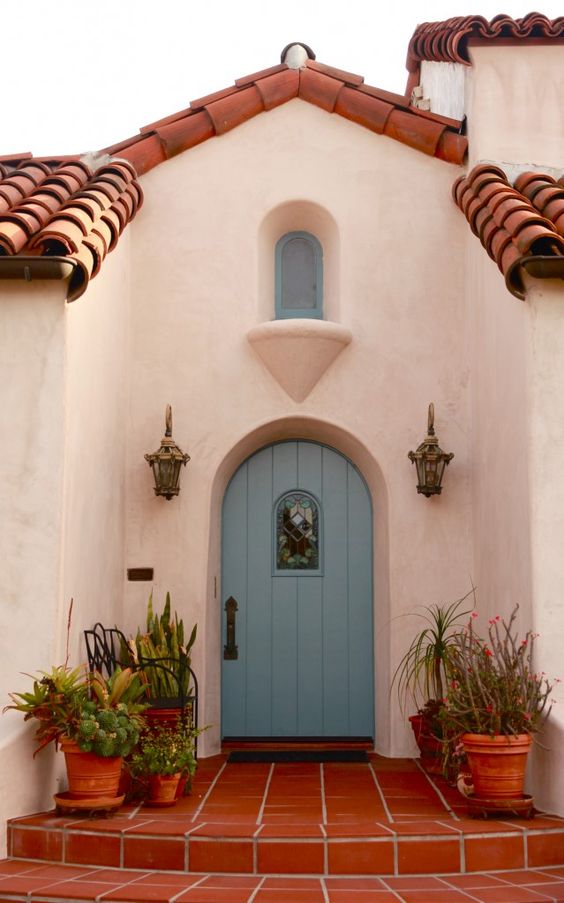
These production methods produced significant variation in shape and size, which, although it created charm for homeowners, caused trouble for roofers. The irregularities of the tile made them difficult to lay, and vulnerable to slippage or leakage if they were not lined up perfectly.
To combat this, roofers gradually adopted new techniques, such as laying PVC plastic sheets on the roof first, then covering them with rows of tiles all facing the same way. It created a similar appearance to the traditional method, but required less skill and required fewer tiles.
Spanish Tiles Today
Traditional tiles are now much harder to come by. While it may look like every Mediterranean home has a terracotta red roof, many of these tiles will be shaped in a way to make their production and installation easier. There is nothing wrong with this; in fact, their uniformity may be a comfort during the rainier months, as they are less likely to let the rain in!
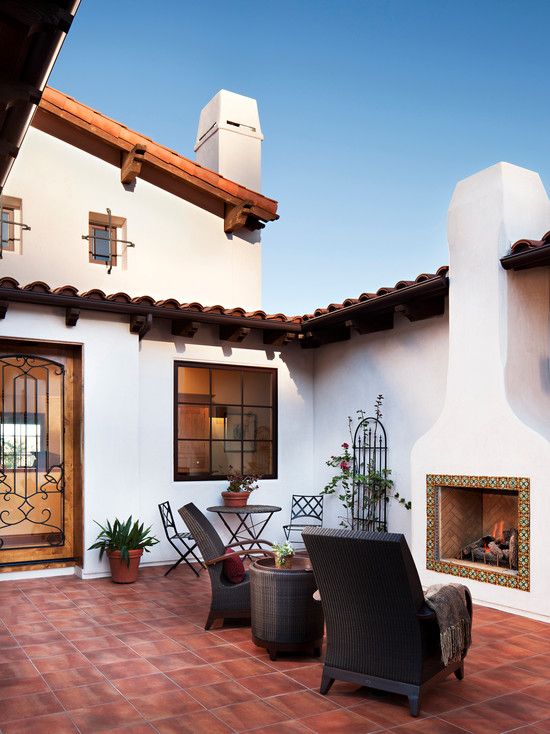
However, if you have your heart set on authentic roof tiles, you can still have them. A specialist Spanish roofing contractor will need to complete the work for you though, and many still may try and persuade you to try a modern alternative.
If the most important aspect of your roof is the way it looks, then you can get a similar effect to terracotta without any of the hassle. Synthetic composites or even metal sheeting can be styled to look just like traditional tiles from a distance, but your budget at builder will thank you for making the switch.
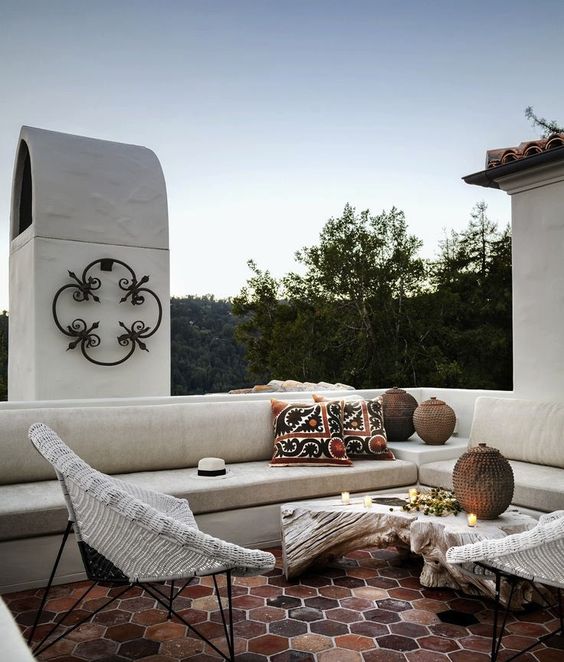
The Best Features of an Authentic Casa
It’s not mandatory for a Spanish home to have a red roof, and there are still plenty of ways to make your Casa feel authentic if you choose a different kind of tile. Here are our TOP TEN to help you settle in.
- White stucco walls. Those creamy white walls we mentioned at the beginning of this article? The epitome of Spanish style. Not only do they look clean and fresh, but stucco is easy to maintain and the pale shade will reflect the sunlight away from your home, keeping it cooler indoors.
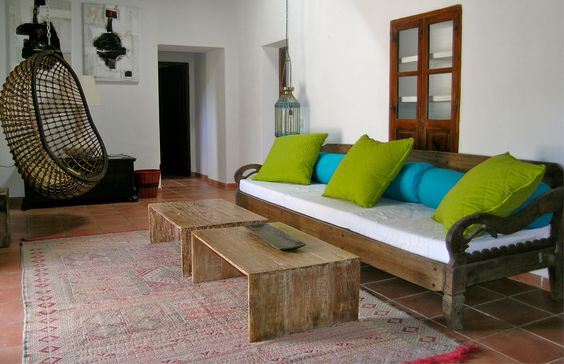
- Painted tiles. Commonly used on stair risers and kitchen backsplashes, hand painted ceramic tiles are a functional way to bring ornate decoration in your home. Stick to one pattern to create a ceramic tapestry, or mix and match patterns to create an entirely unique patchwork in your home.
- Courtyards or patios. The best thing about living in Spain is that the fantastic weather allows you to enjoy all hours of the day outside. Terraces, patios and courtyards are much easier to maintain than a garden, but lining them with succulents in terracotta planters, or installing a soothing water feature as a focal point will still give you a space to be at one with nature.
- Decorative iron. Lighting, gateways, windows and headboards – there is little which can’t be wrought in iron and used to create an enchanting, Old-World feel in your home. Balustrades and window grilles are transformed from functional features into scrolling columns of beauty, while sconces and chandeliers cast warm and magnificent shadows across a room.
- Balconies. Again, many features of a Spanish home are designed to let you enjoy the outdoors even when you’re indoors. Full-sized and Juliet balconies mean you can open your doors to let the fresh air breeze through your home on a hot afternoon, and provide a private, tranquil spot to relax in the warm summer evening.
Of course, if you still can’t picture a Spanish home without it’s red roof, that’s understandable. Just remember the most important thing about life in Spain is that you relax, unwind, and enjoy, for a minute, simply being contento.

